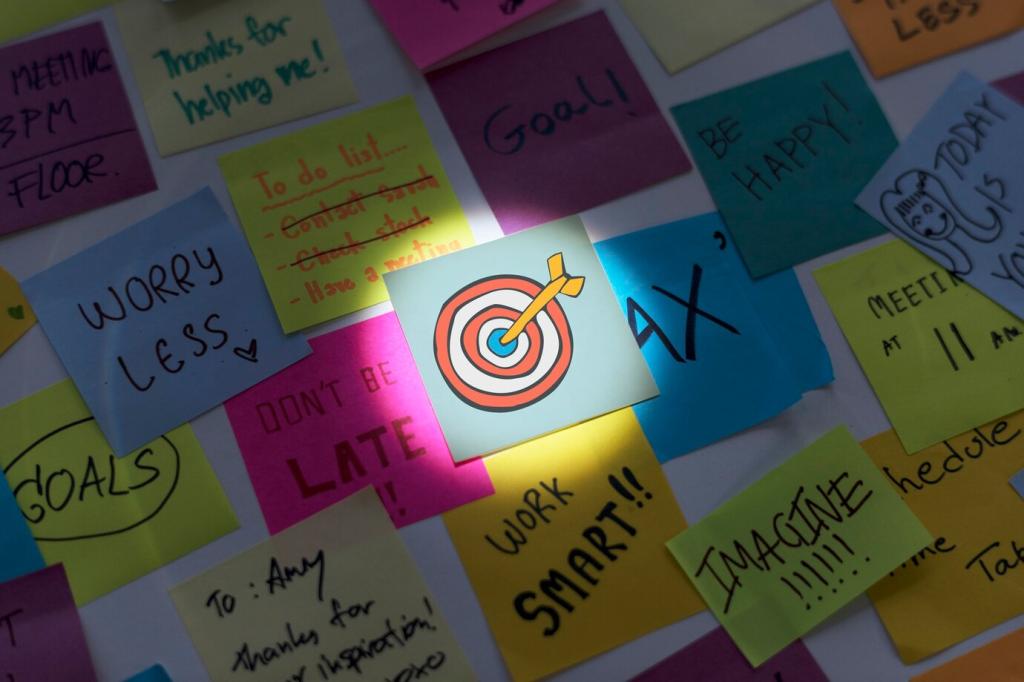Interior Design Copywriting: Tips and Tricks
Selected theme: Interior Design Copywriting: Tips and Tricks. Welcome to a friendly space where design meets words that work. We blend craft, strategy, and story so your spaces speak before the first consultation. Stay with us, share your questions, and subscribe for weekly inspiration tailored to design pros.

Know Your Reader: Personas That Guide Every Line
They want calm, not complications. Write about fewer decisions, guided timelines, and rooms that restore energy after long days. Use sensory words like soft, filtered, and grounded. Invite them to imagine ease. Ask them to comment with their biggest renovation worry.
Know Your Reader: Personas That Guide Every Line
Builders and architects need clarity, not poetry. Lead with specs, procurement reliability, and streamlined approvals. Show how your process prevents costly backtracking. Trim adjectives. Respect time. Encourage them to subscribe for a concise, monthly spec-ready checklist.

Collect phrases that match your aesthetic: tactile, quiet luxury, sculptural, sun-washed. Pair each with a short sample sentence and an image. Review quarterly. Invite your team to vote. Subscribe for our tone board prompts and keep your language consistent.

From proposals to Instagram captions, echo the same cadence. If your site is serene, keep emails unhurried and spacious. Use similar verbs and metaphors everywhere. Consistency builds trust. Ask followers to DM a page where your voice felt strongest.

Words like innovative or bespoke blur into noise. Replace them with proof: specify the joinery technique, the light temperature, the recycled content percentage. Concrete details create credibility. Share a before-and-after sentence in the comments to inspire others.
Trade generic bright with exact moments: morning light pooling across honed limestone, linen drapery catching the breeze, walnut shelving carrying quiet. Specificity turns scrolling into dwelling. Share your favorite texture word, and we may feature it next week.

Portfolio Power: Headlines, Captions, and CTAs
Before/After Headlines That Hook
Swap dull for dynamic: From shadowed corridor to light-drawn passage. From crowded galley to convivial cookspace. Use transformation verbs. Keep headlines under eight words. Invite readers to share their tightest transformation line for feedback.


Captions That Carry Craft
Explain why you chose a bullnose edge, not just that you did. Credit artisans. Note lead times you navigated. Educate without lecturing. Captions are quiet authority. Encourage subscribers to save a caption template we will share in our newsletter.

Keywords That Sound Human
Blend phrases like coastal interior designer Santa Barbara into natural sentences. Place them in headers, intro lines, and alt text. Read aloud to catch stiffness. Share a sentence you optimized and we will suggest a gentler polish.

Metadata With Mood
Write meta descriptions that promise a feeling and a fact: Tranquil, light-led interiors in Austin—view our process and timelines. Keep under 155 characters. Invite readers to drop a page URL for a live meta refresh idea.

Topic Clusters for Authority
Group posts around pillars like kitchens, small-space living, or sustainable materials. Interlink them with purposeful anchor text. Depth trumps scatter. Ask readers to suggest a cluster they want swipe topics for next month.

Social and Email: Keep the Scroll, Earn the Click
Slide one: a question. Slides two to five: sensory details and a single reveal. Final slide: a respectful CTA. Keep captions scannable. Invite readers to share a carousel they loved and why it worked for them.
Social and Email: Keep the Scroll, Earn the Click
Open with a hook like The mistake we fixed in this entry. Show three shots, one sentence each. Close with a takeaway. Subtitles matter. Ask followers to post a script draft in comments for gentle, constructive feedback.

Ethical, Inclusive, and Sustainable Copy
Use language that includes multigenerational homes, renters, and mobility differences. Spotlight adaptable layouts without labeling anyone other. Inclusion expands trust. Ask readers to suggest inclusive phrases they want normalized in our industry.
Explain materials and processes in everyday words, then link deeper resources. Plain language helps everyone, from dyslexic readers to busy parents. Invite subscribers to request an accessibility mini-audit checklist in our upcoming newsletter.
Be specific: FSC-certified walnut, Greenguard Gold upholstery, low-VOC paints, regional sourcing. Avoid vague green language. Cite suppliers when possible. Encourage readers to share one verifiable claim they can add to their next project page.
